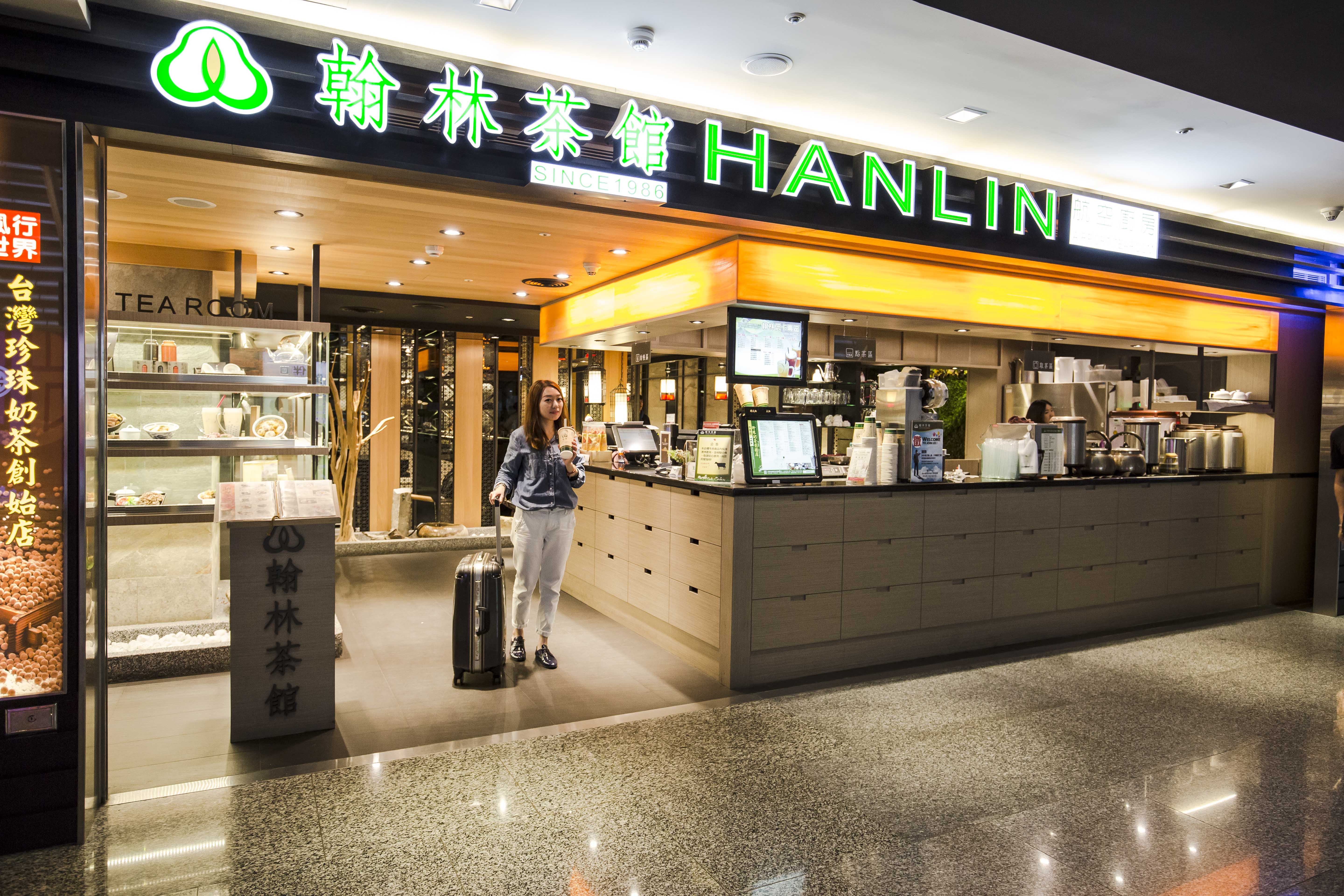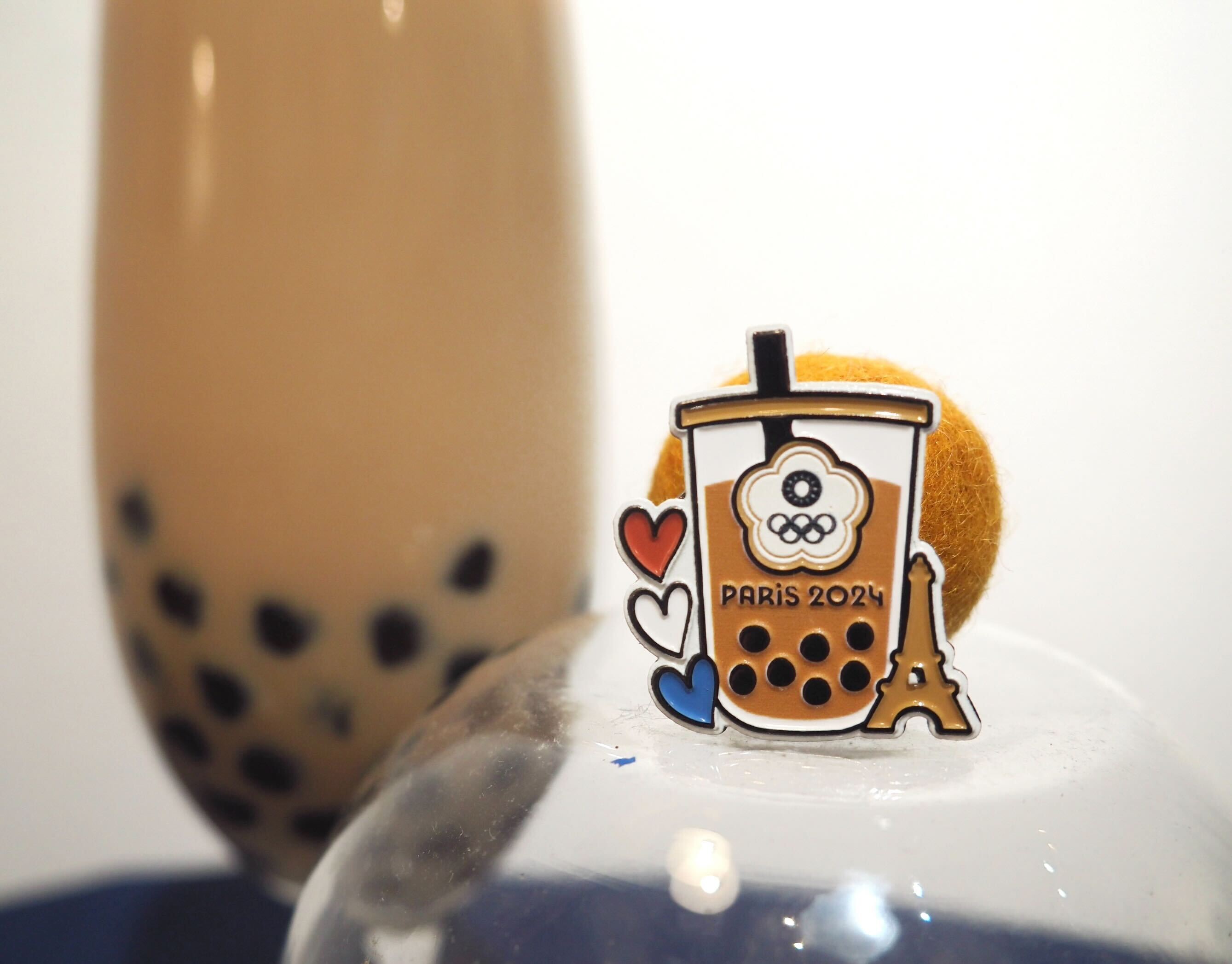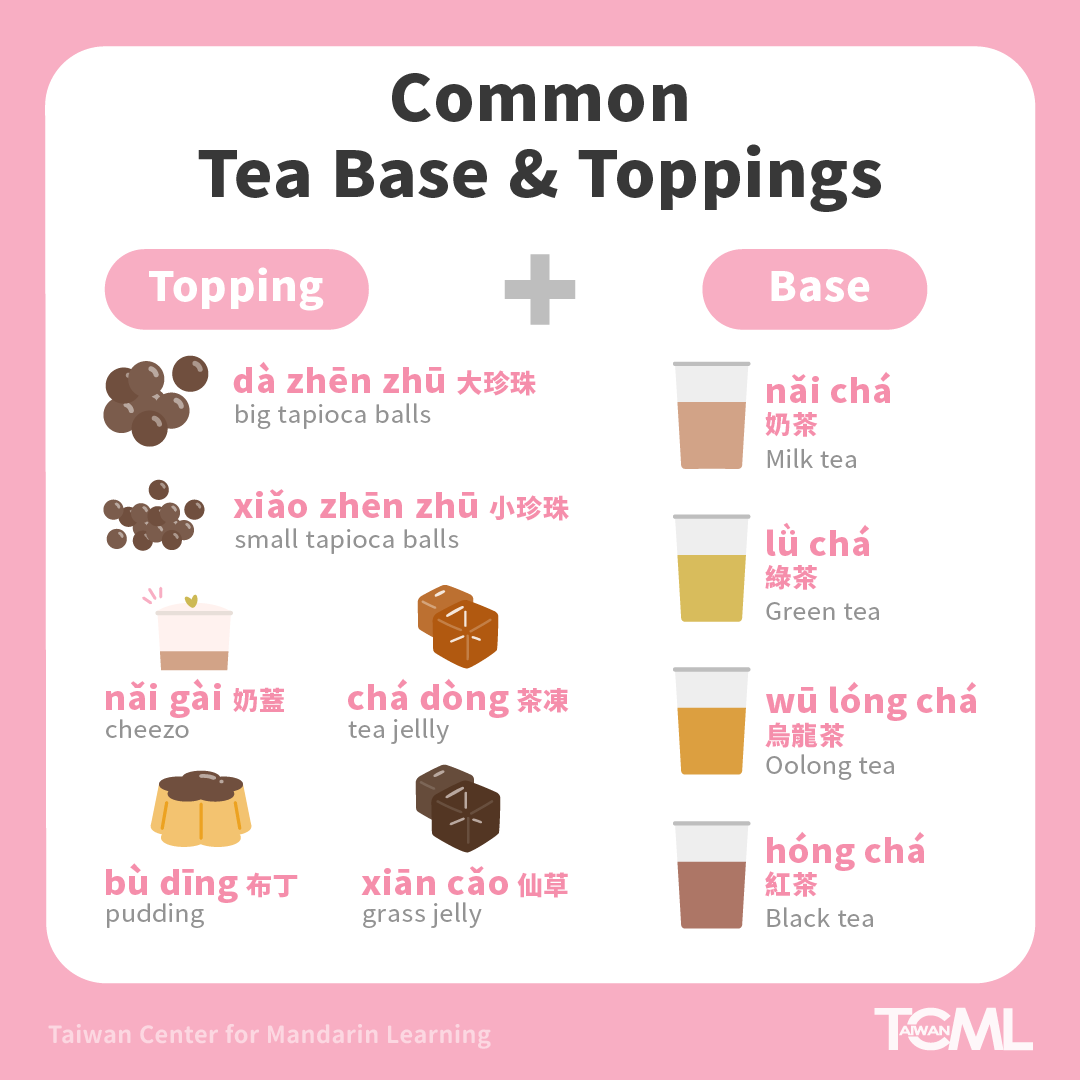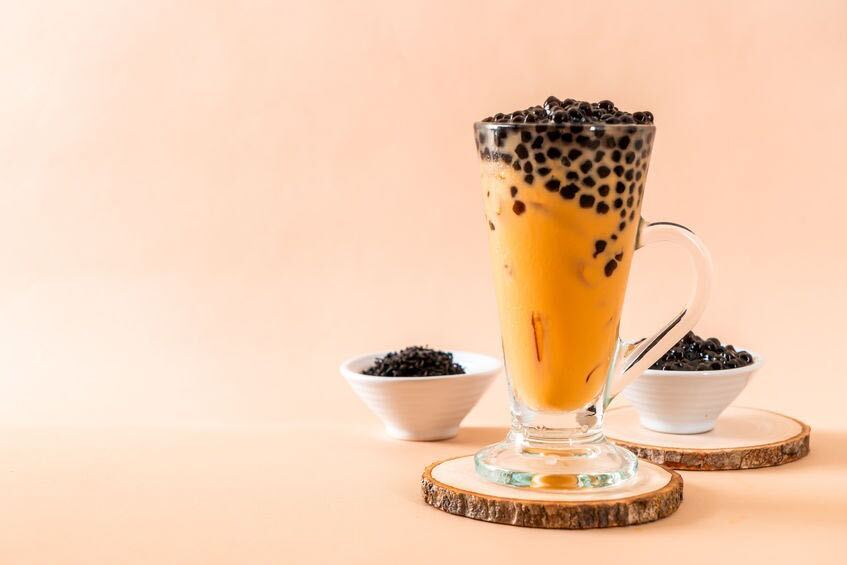If you're learning Mandarin and planning to visit Taiwan, there's one delicious experience you can't miss: ordering a cup of bubble tea. Known locally as zhēn zhū nǎi chá(珍珠奶茶,or 珍奶 zhēn nǎi for short), bubble tea has grown into not only a drink but also a cultural icon. This guide will walk you through everything you need to know about this iconically Taiwanese drink, from its history to its cultural significance, and most importantly, a step-by-step Mandarin ordering Guide.
50% Sugar, No Ice, 100% History… with A Dash of Drama?
Bubble tea first appeared in Taiwan in the 1980s, but its exact origin remains hotly debated.
One tale traces the invention to the Hanlin Tea Room(翰林茶館) in Tainan. Inspired by tapioca balls from traditional Taiwanese desserts, the teahouse owner decided to add them to tea and the idea stuck.

Another version credits Chun Shui Tang (春水堂)in Taichung, where its R&D team decided to blend tapioca balls into milk tea and officially launched it as “bubble tea.”
The two companies battled in court for over a decade over who could claim invention rights. In the end, the courts ruled that bubble tea, never patented and now a symbol of Taiwanese cultural pride, belongs to everyone.
What started as a creative spin on cold milk tea soon evolved into a global craze. Thanks to migration and tourism, bubble tea began spreading abroad by the mid-1990s. Today, bubble tea shops can be found in major cities around the world. From Hong Kong to London, from New York to Sydney, bubble tea has become a modern symbol of Taiwanese culture and culinary innovation.
A Bubble Tea by Any Other Name
Although Taiwanese people call it zhēn zhū nǎi chá, bubble tea goes by various names worldwide. While it seems to be most commonly referred to as “bubble tea,” we have also listed a couple of variations that might help you learn more about this drink:
“Pearl Milk Tea”
It is said that when bubble tea was first invented, the inventors used only clear tapioca balls, as they were original back then. The clear tapioca balls looked like pearls, hence the Mandarin name 珍珠奶茶 (zhēn zhū nǎi chá), which literally translates to pearl milk tea.
Later, as brown-sugared tapioca balls became mainstream, vendors and tea shops started replacing clear pearls with these new hits, and milk tea with dark topping balls became the staple.

“Boba Tea”
Over time, tapioca balls derived two sizes. Mainstream culture from 20-30 years ago nicknamed the larger ones ‘boba’, which is a vulgar idiom for women with certain body features, leading to the name ‘boba tea’.
Nowadays, as gender awareness grew, more and more tea shops avoid naming their products ‘boba tea’, and instead ask their customers if they want ‘big pearls(大珍珠)’ or ‘small pearls(小珍珠)’.
“Tapioca”
In Japan, where bubble tea became a hit in the 2010s, people gave this drink with tapioca balls as toppings a very straightforward name– ‘tapioca’. What’s worth noticing is that in Japanese, there's even a trendy verb “タピる (tapiru)”, meaning “to drink bubble tea.” The bubble tea craze was so intense that “tapiru” topped a youth slang survey in 2018, and bubble-tea-themed pop-ups and attractions followed in 2019.
More Than Just A Drink
Taiwanese people drink an estimated 1.02 billion cups of tea annually, with bubble tea contributing NT$9.24 billion in revenue in 2021 (中央社2023.12.11). Beyond numbers, bubble tea is more than just a sugary beverage. To many Taiwanese, it’s a source of cultural pride. There’s even a light-hearted joke that goes: “Taiwanese blood is 50% bubble tea.”
For many, it’s part of everyday life, a social ritual, and a symbol of identity. Spotting a bubble tea shop abroad often sparks both pride and homesickness. Introducing foreign friends to bubble tea has even become a gesture of friendship.

For instance, at the 2024 Paris Olympic Games, Team Taiwan distributed bubble tea-themed pins to fellow athletes. The pins were such a hit that they became “hard currency”—athletes could trade one bubble tea pin for multiple others.
Start Your Bubble Tea Adventure: A Mandarin Ordering Guide
Now that you have learned the culture behind bubble tea, let’s walk through how to order it in Taiwan using simple Mandarin phrases. Whether you're ordering in-person or through a touchscreen kiosk, knowing these key terms will help you order with confidence.
Step 1: Choose Your Drink
Most drink names follow the pattern: [Topping] + [Base].
For example:
- 珍珠奶茶 (zhēn zhū nǎi chá) – Pearl milk tea
- 布丁紅茶 (bù dīng hóng chá) – Pudding black tea
- 奶蓋綠茶 (nǎi gài lǜ chá) – Cheezo green tea

How to order: 我要一杯珍珠奶茶。
Pinyin: Wǒ yào yì bēi zhēn zhū nǎi chá
Meaning: I want a cup of bubble tea.
Step 2: Choose Your Sweetness & Ice Level
The staff would then ask you: 要幾分糖、幾分冰?
Pinyin: Yào jǐ fēn táng, jǐ fēn bīng?
Meaning: How much sugar and ice?
Your reply options:

Step 3: Specify the Size
In Taiwan, tea shops usually assume people order large-sized bubble tea. So if you would prefer to have an alternative size, make sure you explicitly let the staff know! Also worth noticing is that most shops no longer offer small-sized bubble tea, so if you ever see a store that does, that’s a rare find!
How to specify: 我要中杯。
Pinyin: Wǒ yào zhōng bēi
Meaning: I would like my drink to be medium-sized.
Your size options:

Step 4: Pay and Wrap It Up
Now that you have almost completed ordering, the staff would usually wrap the process up by repeating your order, asking if you would like to purchase a plastic bag, and how you would like to pay.
The staff might ask: 要袋子嗎?
Pinyin: Yào dài zi ma?
Meaning: Would you like a (plastic) bag?
You can either reply no (不用 b ú yòng) or yes (要 yào) and pay an extra TWD 1 for it.
The staff might also ask: 要怎麼付款?
Pinyin: Yào zěn me fù kuǎn?
Meaning: How would you like to pay?
You can tell them you’re paying by cash: 我要用現金付款。
Pinyin: Wǒ yào yòng xiàn jīn fù kuǎn
You can also pay with your local transport card: 我要用悠遊卡付款。
Pinyin: Wǒ yào yòng yōu yóu kǎ fù kuǎn
Meaning: I’d like to pay by Easycard.
Lastly, don’t forget to end the conversation with a 謝謝 (Xiè xiè) !
The full dialogue would look like this:

Extra Tips for First-Time Buyers
Don’t be intimidated by everything we just walked through. Though it seems like a lot of work, the whole process really just breaks down to this structure:
[Toppings] + [Base] + [Sweetness] + [Ice] + [Size] + [Payment]
If it still seems a bit frightening, here are some more tips you might find handy:
- Don’t be afraid to speak slowly. If you’re in Taiwan, the people here are known to be super friendly. Most shop staff are very patient with foreign Mandarin learners.
- If you ever got confused or couldn’t understand what the staff said, try asking: 可以再說一次嗎? (Kě y ǐ zài shuō yí cì ma?) = Can you say that again?
- If you don’t know what to order, you can ask for recommendation by saying: 有推薦的嗎? (Yǒu tuī jiàn de ma?) = Do you have any recommendations?
Ordering bubble tea in Mandarin is a fun and rewarding experience. You’ll not only enjoy a delicious drink but also practice real-world language in a friendly setting. Next time you're in Taiwan, try stepping up to the counter with confidence, and maybe even impress your friends by ordering for them!
Bubble Tea Ordering Cheat Sheet:
Don’t worry, we’ve got you covered! Feel free to save it in your phone or print a copy for quick reference!

Bibliography:
- 「世界珍奶發源地」(春水堂)
- 「原創珍奶」(翰林茶館)
- 時空旅行社〈珍奶就是要喝全糖〉(國家記憶文庫)
- 〈一杯珍奶 搖出臺灣新經濟奇蹟〉(遠見雜誌)
- 2023十大手搖飲排行(中央社)
- 巴黎奧運代表團紀念徽章(中華奧會)



